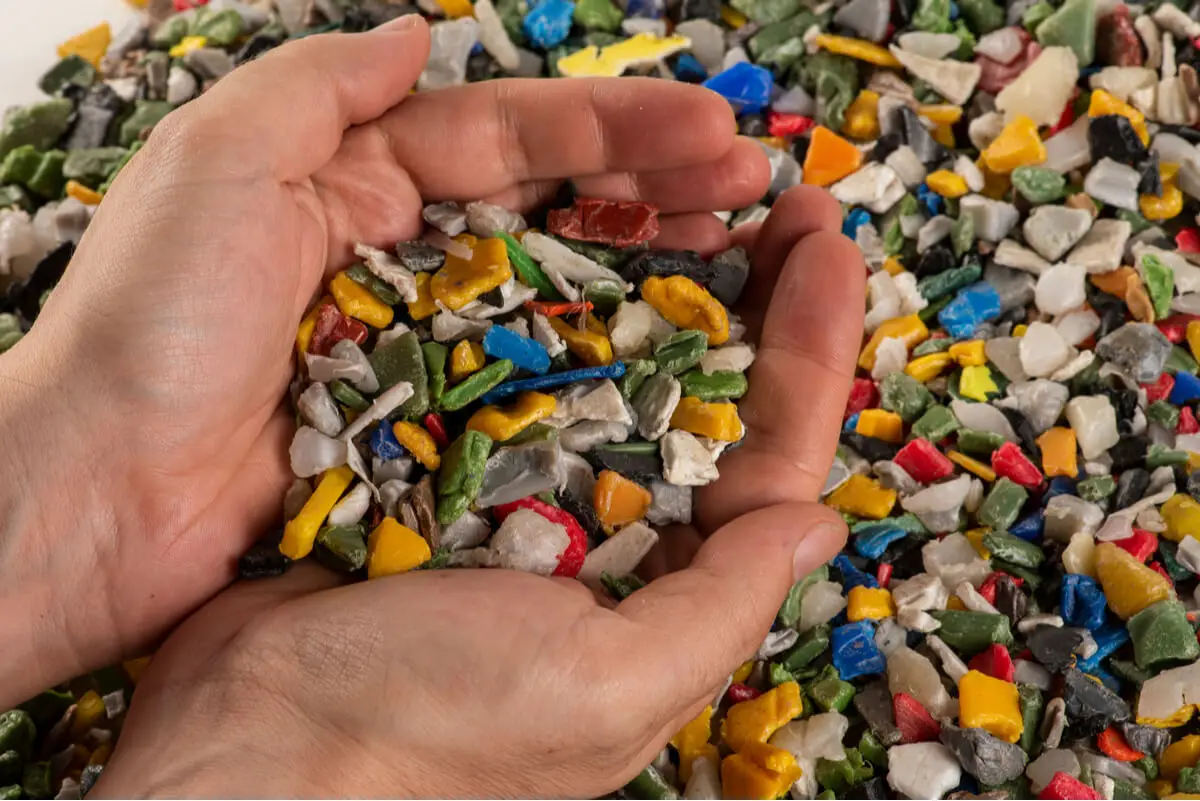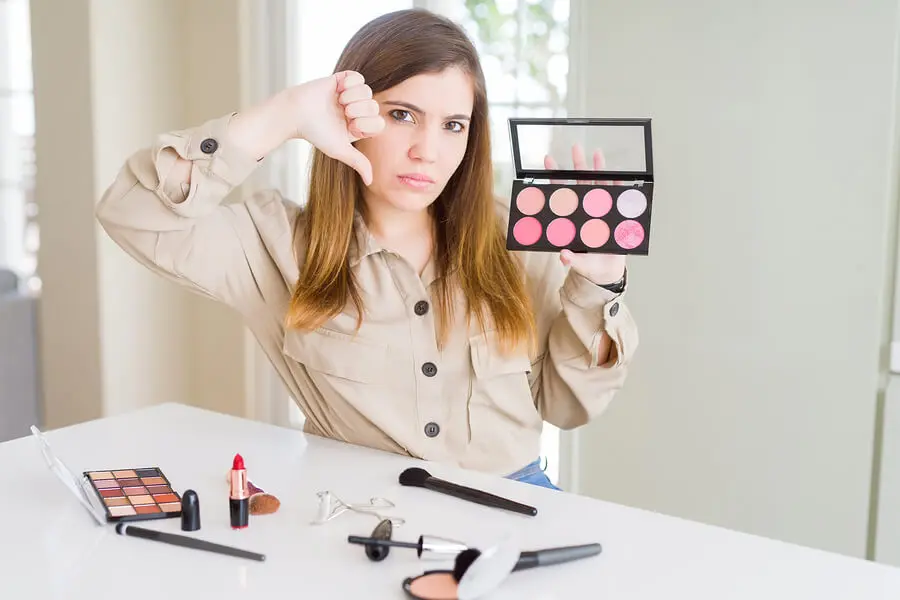Blue Beauty: What Is this Sustainable Beauty Trend all About?

The effort to save the planet from pollution even extends to the beauty industry. Ecological organizations and government institutions are promoting campaigns that favor a non-polluting culture. One of these movements is the blue beauty movement.
The trend pursues the use of sustainable cosmetics that reduce the dangers caused by microplastics. To this end, many companies dedicated to the manufacture of hygiene and skincare products are working on updating their formulas and packaging to make them all environmentally friendly.
In the specific case of blue beauty, the aim is to prevent waste from impacting the oceans and biodiversity. Research by Science shows that between 15% and 40% of the plastic thrown in the trash enters the ocean each year. It would be a good idea, for example, to replace cleansing wipes with reusable make-up remover discs.
What is the aim of “blue beauty”?
According to a report by National Geographic the number of plastic cosmetic containers in the USA has increased more than 120 times since 1960 and almost 70% of the waste ends up in landfills. Another text from the same magazine estimates that, by 2025, the cumulative annual toll would be 155 million metric tons of plastic per foot of coastline.
The goal of blue beauty is to incentivize the beauty industry to reduce plastic. Multiple brands are joining in and encouraging the distribution of cosmetics that are safe for the seas, that minimize the carbon footprint, and with a manufacturing process that’s positive for the environment.
The proposal is that the packaging should be made with recycled materials, and that the bottles can be refilled with the same product or reused for another task. Customers should also be able to return them for recycling.
This trend involves the use of natural ingredients, seeking to reduce the impact of chemical waste on water and the environment. At the same time, it wants the products to be beneficial to health.
The Aquae Foundation emphasizes that the damage that cosmetic microbeads cause to the oceans is irreversible. For the environmental organization Greenpeace, it’s difficult to calculate how long it takes for plastic to biodegrade at the bottom of the waters, although they consider that it takes much longer than on land, since it receives less sunlight, is at low temperatures, and with little oxygen.

Discover more: Metal Straws: An Alternative to Reduce Your Plastic Footprint
Composition of “blue beauty” products
The cosmetics of the blue beauty movement don’t contain chemicals, silicones, or other synthetic ingredients. What happens with these components is that they dirty the waters when the residues go down the drains.
Sunscreen creams, deodorants, makeup, and microplastic-based exfoliants are threats to the seas and coral reefs. Some products don’t have water-soluble filters.
Fortunately, more and more brands are taking up the cause.
Sustainable beauty cosmetics discard ingredients such as octanoate, oxybenzone, octocrylene and synthetic fragrances, which are highly harmful to marine ecosystems. Parabens, silicones, propylene glycol and sulfates are of most concern.
Instead, renewable and easily biodegradable sources are preferred. In addition to the blue trend’s objective is the application of production methods that involve little or no waste.
Find out more: What You Should Know About Parabens in Cosmetics
Relationship between “blue beauty” and “green beauty”
Another trend called green beauty is related to the blue trend. However, the difference lies in the fact that the former is focused on ecology, through the purely natural composition of cosmetics.
Blue beauty, on the other hand, focuses on plastic elements and toxic ingredients that end up in the water. One of the premises of the blue movement is that the oceans represent solutions to the sources of terrestrial production and, therefore, it is necessary to restore them.
The two approaches inspire non-toxic beauty, both for human health and for the planet. In addition, the choice of this kind of product brings with it an economic advantage, as it means lower prices.
Blue beauty and green beauty are joining hands, promoting environmentalism.

Why favor sustainable beauty?
The environmental crisis caused by climate change pushes us to modify our lifestyle habits. Through the responsible consumption of beauty products, you actively help the environment. It’s advisable to choose ecological packaging and organic ingredients.
Many companies promote sustainable alternatives, substituting or redesigning packaging, so that it’s thinner, and made of cardboard or other materials with little plastic content.
Greenpeace also points out that some countries already have laws that prohibit the use of plastic components. Other countries are in the process of adapting to the blue current.
All cited sources were thoroughly reviewed by our team to ensure their quality, reliability, currency, and validity. The bibliography of this article was considered reliable and of academic or scientific accuracy.
- Belleza sustentable: productos circulares que ayudan al planeta. México. https://bellezabienestar.org/belleza-sustentable-productos-circulares-que-ayudan-al-planeta/
- Borunda A. La industria de la belleza genera muchos residuos plásticos. ¿Puede cambiar? National Geographic. España; 2019. https://www.nationalgeographic.es/medio-ambiente/2019/04/la-industria-de-la-belleza-genera-muchos-residuos-plasticos-puede-cambiar
- Chen A. Esta es la cantidad de plástico que ingresa al océano cada año. Science. Estados Unidos; 2015. https://www.science.org/content/article/here-s-how-much-plastic-enters-ocean-each-year
- ¿Cómo llega el plástico a los océanos y qué sucede entonces? Greenpeace. España. https://es.greenpeace.org/es/trabajamos-en/consumismo/plasticos/como-llega-el-plastico-a-los-oceanos-y-que-sucede-entonces/
- El plástico que se abre paso al mar. National Geographic. España; 2018. https://www.ngenespanol.com/naturaleza/el-plastico-que-seabrepasoalmar/
- Mar de plásticos: cuánto plástico hay en el mar y los océanos. Fundación Aquae. España. https://www.fundacionaquae.org/mar-de-plastico-el-80-de-la-basura-en-el-mar-es-plastico/
- Plásticos en los océanos. Datos, comparativas e impactos. Greenpeace. España. https://archivo-es.greenpeace.org/espana/Global/espana/2016/report/plasticos/plasticos_en_los_oceanos_LR.pdf
This text is provided for informational purposes only and does not replace consultation with a professional. If in doubt, consult your specialist.








